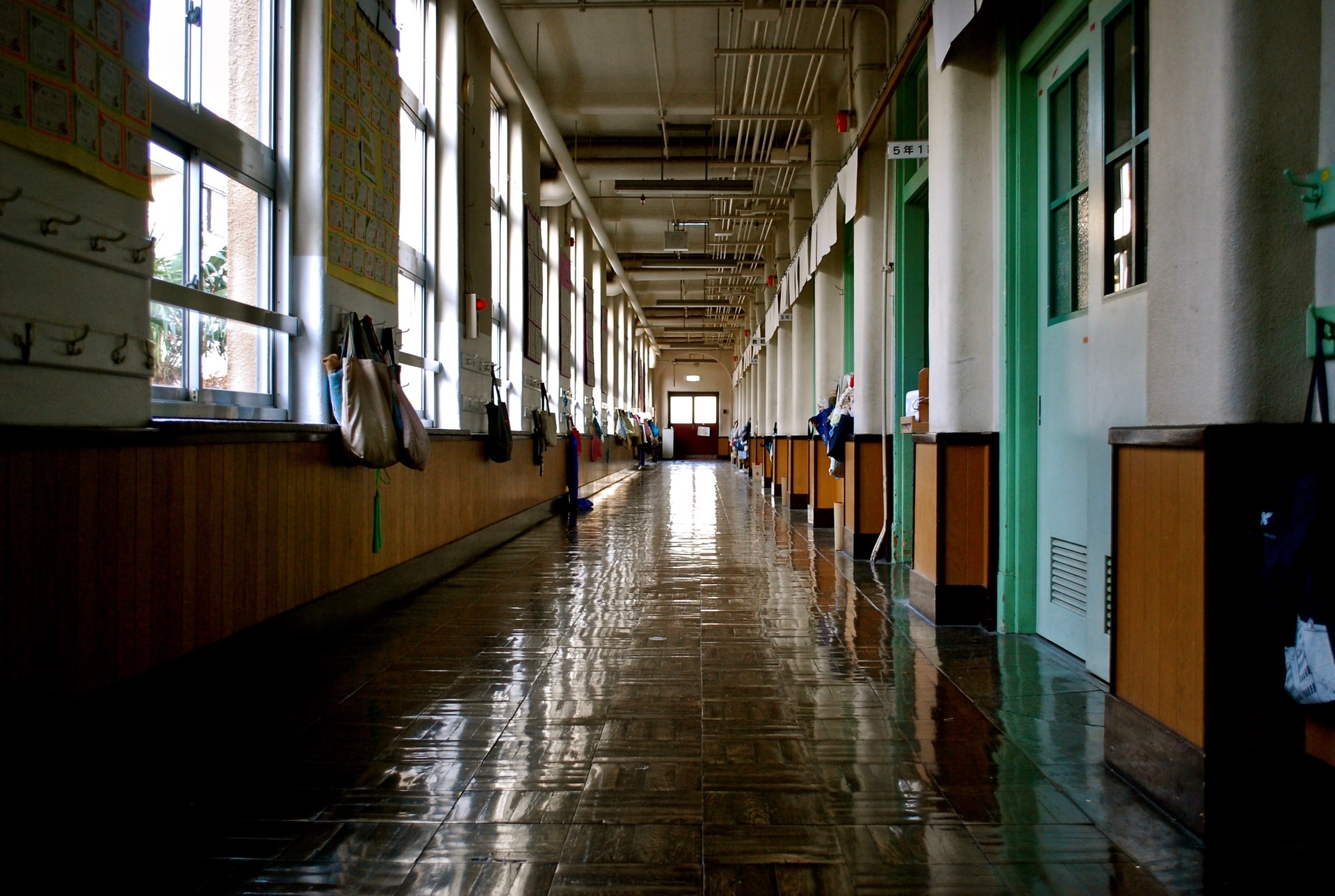For Some Colleges, 1:1 Programs Are Starting to Make Senses

In preparing learners for today’s workforce, there’s no question that they need to be fully conversant with tech and, in all ways, digitally literate.
But with tech as fast-paced as it is, devices are expensive, “disposable” assets, or rather, consumables. And that’s before even considering the costs of the applications that will be needed. Add to that the expense of an IT staff to procure and maintain devices. And then, there are the security and privacy concerns presented by a connected campus.
Educators today are having to make hard choices in terms of what device strategy to implement.
What are the options?
Fluctuating trends, use cases and budgets make it necessary for educational institutes to pick from three approaches:
- Shared devices are the only option for most cash-strapped institutes servicing more impoverished communities of learners. Here, a limited number of access points, or devices, must serve the whole student body. Scheduling systems must be deployed to guarantee fair use, but most learners will be frustrated by impractical time allocations and limited access.
- One-to-one (1:1) is where the institute provides each learner with a device. Devices can range from desktop computers to laptops and tablets. The age and needs of the learner determine the appropriate device. Children starting their careers might be allocated iPads, whereas higher education engineering learners will need more processing power for graphical applications and numerical calculations.
With 1:1, the institute provides all software, and the user is prevented from installing anything not authorized. Instructors may even have the capacity to deactivate devices or aspects of their functioning during class times.
- Bring Your Own Device (BYOD) is the most commonly implemented policy in higher education facilities currently. Learners procure the device of their choice at their cost and have total control over it.
Security concerns are addressed by solutions like Virtual Desktop environments, which give the learners access to a virtual environment controlled by campus IT. These will often include Learning Management Systems (LMS’s,) like Pedagogue, which enable remote classes, online data storage, etc.
1:1 in K-12 Education
Most K-12 institutes started a migration to a 1:1 device policy as far back as the mid-’90s. The data is conclusive – 1:1 programs that gave K-12 learners laptops significantly impacted English/language arts, writing, math and science scores.
There is also some evidence of benefits like increased tech use, more learner-focused and project-based instruction, improved engagement and better educator-learner relationships.
Regardless of the benefits, however, there are some privacy issues to consider when learners take home devices with monitoring functionality.
1:1 in Higher Education
But is a restrictive 1:1 program a viable solution for the older, higher education learners who qualify as digital natives and have high expectations of campus IT infrastructure?
The College of Education at Southeast Missouri State University introduced a 1:1 program for its learners as far back as 2014. It allowed learners to rent iPads fully set up by the college in terms of applications and storage.
The program was regarded as successful, but the faculty admitted the decision was made to take advantage of Apple discounting. And to prepare to teach learners for the K-12 1:1 environments they would be entering (that used similar devices), they considered the BOYD option too challenging to manage in terms of security. But there are ways to address BOYD concerns, even in K-12 classrooms.
Conclusion
Data to support 1:1 programs in higher education is limited. Some colleges’ move in this direction seems contrary to campus; IT’s general trends more frequently follow cloud computing, software as a service (SaaS) and integration platform as a service (iPaas).





